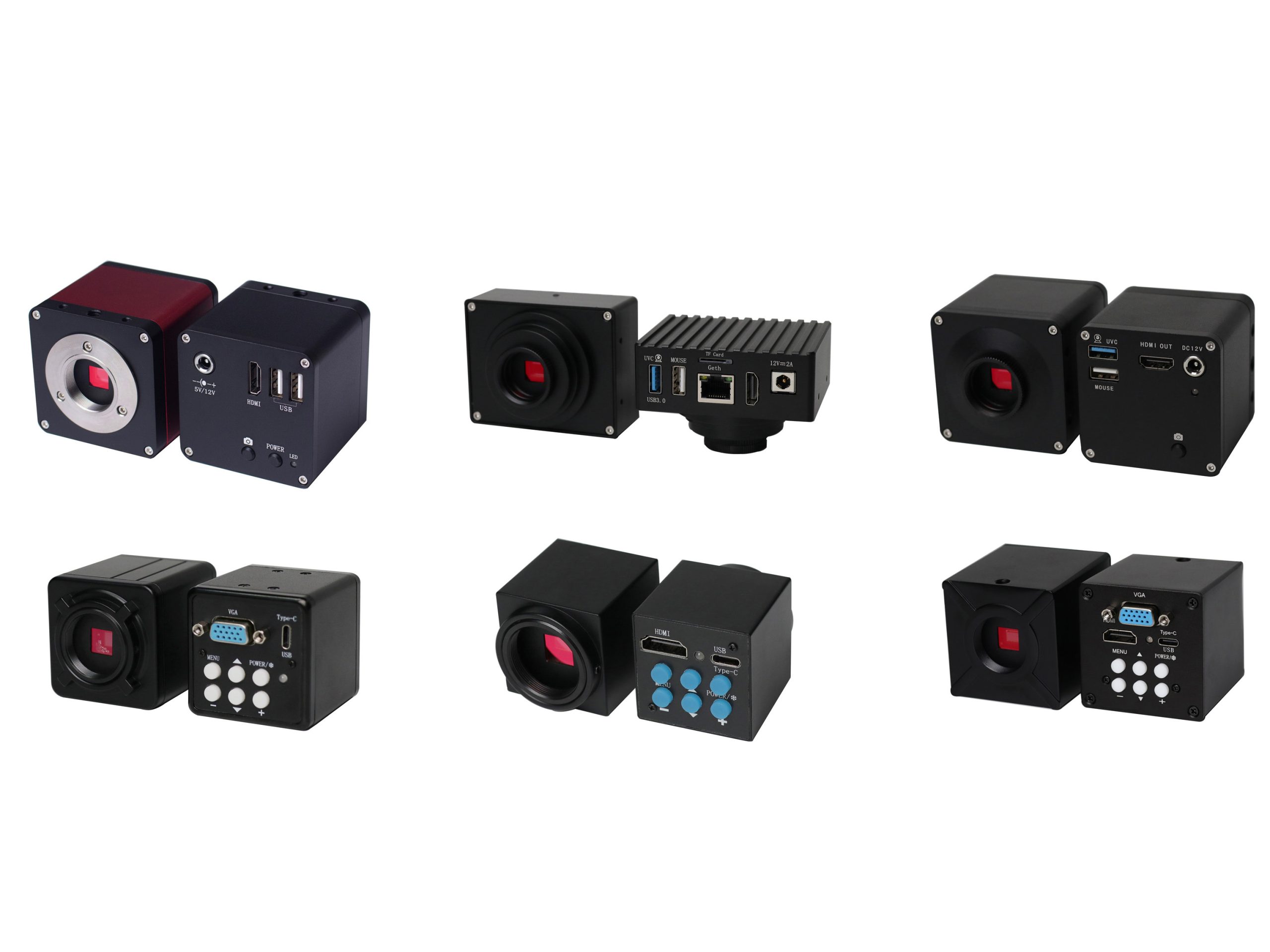When you see the sensitivity of a Phantrue camera as 2.0 V/lux-sec (550nm), let’s take a look at what this means today.
The unit of camera sensitivity “2.0 V/lux-sec (550nm)” is a unit used to describe the responsiveness of a camera sensor under certain lighting conditions, especially in low-light environments. Let’s break down the meaning of this unit step by step:
–1.V
V stands for voltage. For a camera, the sensor converts light signals into electrical signals by capturing photons, and the unit V is the output of the electrical signal. The higher the sensitivity of the sensor, the stronger the electrical signal (voltage) generated.
–2.lux
Lux is a unit of illumination, which represents the luminous flux (amount of light illuminated) per unit area. 1 lux is the illumination of 1 lumen evenly distributed over an area of 1 square meter.
For example, normal indoor lighting is about 200 to 500 lux, while strong sunlight can reach over 100,000 lux.
–3.sec
Sec stands for time seconds and is usually related to exposure time. In the sensitivity of camera sensors, lux-sec represents the amount of illumination per unit time. That is, this unit takes into account the combination of light intensity and exposure time.
–4.nm
550nm is a unit of wavelength that indicates the color of light. In this unit, 550nm specifically refers to green light in the visible spectrum (in the visible spectrum, 550nm wavelength is approximately the center wavelength of green light).
The sensitivity of sensors is usually tested at a standard wavelength of light (such as 550nm) because it represents the spectral range that the human eye is most sensitive to.
In general, 2.0 V/lux-sec (550nm) means that under the conditions of unit light intensity (1 lux) and exposure time (1 second), the voltage generated by the sensor is 2.0 volts, and is based on green light with a wavelength of 550nm. This is a measure of the sensitivity of the camera sensor and is often used to evaluate the performance of the sensor in low-light environments. The higher the value, the more sensitive the camera is to light, and it can produce stronger signals under lower light conditions, which is suitable for low-light or low-illumination scenes.

